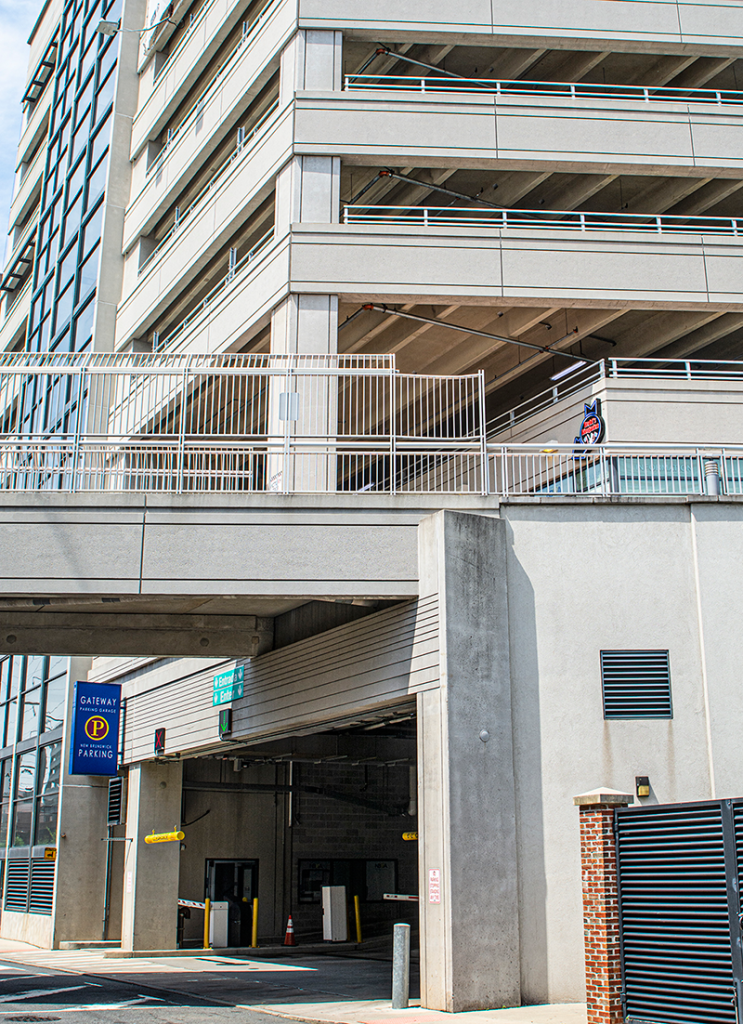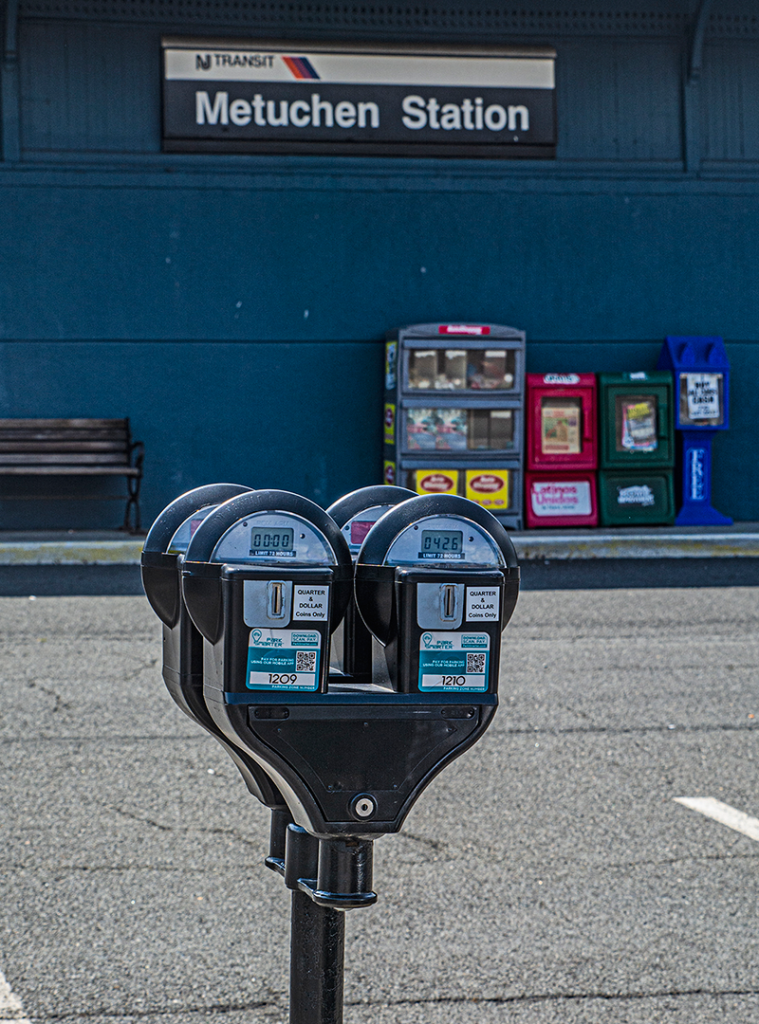Spaces. Photo by John Matychuk | Unsplash.
Parking: A Major Barrier to Equitably Oriented Transit
Partners for a Strong, Prosperous, and Resilient Communities Challenge (February 2020)
Urban centers, especially those developed or redeveloping around transit assets, provide residents and visitors a high level of access to a host of uses – places to live, work, and recreate. Too often, however, too much land in these urban centers is devoted to a use that does not contribute nearly as much to the area’s vitality as homes, workplaces, stores, and parks. This land use often impedes efforts to promote equitable transit-oriented development (eTOD). This use is parking.
A partnership based in Chicago, Illinois, the Strong, Prosperous, and Resilient Communities Challenge (SPARCC), recently investigated the relationship between parking policies and efforts to implement eTOD. At issue is that, while transit-oriented development allows travelers to be less dependent on cars, development requirements, such as parking minimums and other parking provisions, inflate the cost of such development. The end result is projects that do not serve the needs of people with lower incomes, who often cannot afford automobiles and the associated costs.

SPARCC discusses how reducing parking minimums, when implemented with other policy measures, can be used in concert with TOD to create more equitable communities. According to SPARCC, successfully advancing eTOD will require efforts to “right size parking” – meaning to bring parking to where levels and availability match the goals of the community. In transit-oriented communities, right sized parking may entail the following strategies:
- Eliminating parking minimums to limit the parking supply. This approach may also include implementing parking maximums in certain cases.
- Shared parking and alternative transportation programs, such as bike-share, car-share, and discounted public transportation.
- Pedestrian friendly street designs, such as reducing curb cuts, placing parking behind buildings, and constructing amenity filled plazas.
- Dynamically priced parking to manage supply and ensure availability and turnover of spots.
In addition to these strategies, consistent and fair parking enforcement needs to be a part of the approach to support the development of eTOD by ensuring that vehicles do not double park or block transit routes. Moreover, to advance eTOD, enforcement revenues should be allocated to serve equitable goals, such as funding transit passes for low-income households. Finally, engagement of residents, developers, and business owners is an important, necessary, and effective contributor to developing effective parking pricing policy strategies to suit local needs.

The study examines how Chicago reimagined its parking policies and development practices, especially around transit zones, to help achieve eTOD. In 2015, Chicago amended its TOD ordinance, adding bulk, density, and parking premiums when developing property in business, commercial, downtown, or manufacturing zones when those properties are located within a quarter mile of a rapid transit or commuter rail station. The city also increased the cost of parking in high-demand parking areas and neighborhoods well served by transit. The 25- to 50-cent per hour increase is borne overwhelmingly by people traveling from suburban communities who are more willing to pay higher parking prices. The increase in parking revenues can be a victory for equity, when they are directed in ways to benefit people of lower income.
The study also discusses several other cities that have implemented strategies to reduce the impact of parking on transit-rich neighborhoods. The cities include:
- King County, Washington, which developed a multi-family residential parking calculator and a performance-based parking management approach to support reduced parking in multifamily developments. (Link)
- The District of Columbia, which in 2016 reduced parking minimums in areas close to Metro stations and high capacity bus lines. (Link)
- Minneapolis, Minnesota, which in 2018 eliminated all off-street parking minimums. This change was driven by both the recognition that a large percentage of renters lack cars (29 percent of renting households) and by the city’s initiative to cut greenhouse gas emissions by 40 percent. (Link)
- Berkeley, California, which passed an employer benefits program to encourage commuting by public transit, bicycles, or vanpools. Fees from this program help provide paratransit passes to people with disabilities, with further subsidies available to support lower-income commuters.
These approaches to parking can help further a city’s goals of reducing driving and increasing transit usage and help ensure equitable access to transit-oriented developments in locales across the country.


